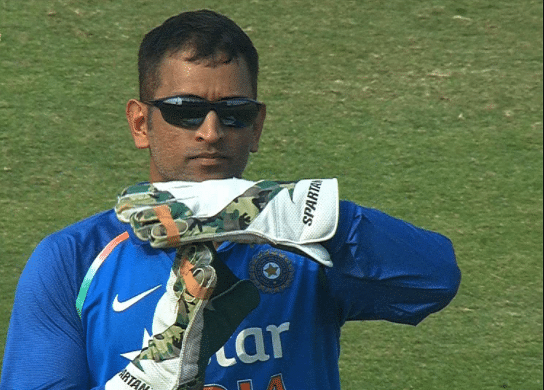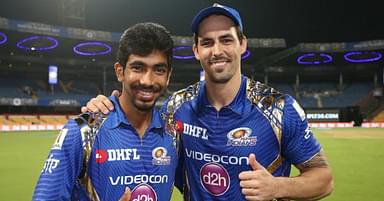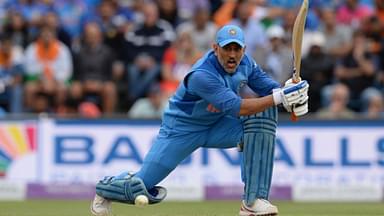In the first ODI between India and Sri Lanka at the HPCA Stadium, Dharamsala, MS Dhoni got the DRS spot on when he immediately wanted to go upstairs, in order to rectify the umpire’s decision.
Advertisement
MS Dhoni who was at the non-striker’s end saw his partner Jasprit Bumrah getting trapped for an LBW as he was hit on the pads off Sachith Pathirana’s bowling.
The Sri Lankans were absolutely sure that Bumrah was trapped right in front, as they appealed in unison and umpire, Anil Chaudhary, adjudged Bumrah LBW.
But, MS Dhoni was certainly sure that was not out and went for a DRS even before umpire Anil Chaudhary raised his finger completely.
MS Dhoni’s attempt to go for Decision Review System proved to be spot on as ball-tracking clearly showed that the impact was outside the line and thus Bumrah’s stay at the crease was extended for a bit more time.
Dhoni received a lot of praises from the fans, experts and the commentators for his pro active and efficient approach while using the DRS.
However, MS Dhoni’s clever move raised quite a many eyebrows that his canny act is deemed to be contrary to go against the ICC rules.
As per the ICC rules, only the batsman (striker) who is involved in a dismissal may request DRS of an unfortunate decision. “Only the batsman involved in a dismissal may request a Player Review of an ‘Out’ decision.”
However, in this case, before Jasprit Bumrah, MS Dhoni requested a Player Review. According to the Section 3 of the ICC law,
3.1 Circumstances in which a Player Review may be requested
3.1.3 Only the batsman involved in a dismissal may request a Player Review of an Out decision and only the captain (or acting captain) of the fielding team may request a Player Review of a Not out decision.
Hopefully the ICC does not reprimand MS Dhoni for this act, as there was next to no malice involved in it.






